Guatemala's history is colored by the blood of innocent civilians, natives or not, after suffering one genocide after another. Guatemala is known for its ancient Mayan civilization. The Mayan civilization is known to have been a mighty one, being credited for the pyramids that you can still visit. The classical period, which stretches from 250 AD to 900 AD, was the pinnacle of Mayan civilization.
However, even the most powerful can fall with time.
While the Spanish adventurer Pedro de Alvarado is known for defeating the Mayans, civilization was already on its last breath before the Europeans visited. One funny fact that you should know about Guatemala is that it is known to have had three different capitals. The reason for that was natural disasters. The first capital, Ciudad Vieja, was decimated by floods and earthquakes. The second capital, Antigua, was destroyed by an earthquake. Finally, the third capital was the city of Guatemala, which was founded in 1776.
Guatemala is known for its independence from Spain in 1821.
Before we dive into the blood-stained history of Guatemala, let me take you on a brief tour of the province's economy and population.
About the economy and the people of Guatemala

The main industries in Guatemala are sugar, furniture, metals, rubber, textiles, petroleum and tourism. If you want to know about the city's largest exports, you should first be aware of the most widespread natural resources in the nation. Petroleum, fish, hydropower, some rarely found woods and nickel are the most important natural resources in Guatemala. It mainly exports coffee, petroleum, clothing, bananas, fruit, sugar and cardamom.
The most widely used currencies in Guatemala are GTQ &USD, Quetzal and US Dollars respectively.
Did you know that Guatemala is known for having a kind of constitutional democratic republic? The locals celebrate their independence day on 15 September. If you are heading to Guatemala and are concerned about languages, you should know about the major languages spoken in the nation first. According to statistics from Factbook, about 60% of the population speaks Spanish, about 40% of the population speaks American languages, which include Garifuna, Quiche, Xinca, Cakchiquel, Mam and Kekchi and other American languages.
Historical Timeline of Guatemala
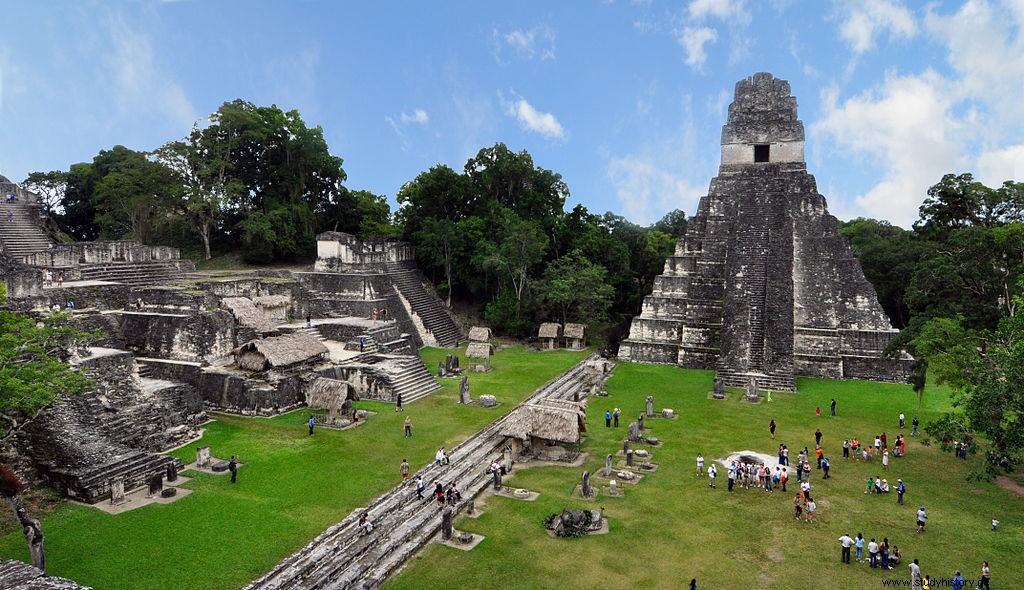
The early period

1523 to 24: A battle took place between indigenous Mayans and an adventurer from Spain named Pedro de Alvardo. As you may already know, taking into account your history lessons resulted in the defeat of indigenous Mayans. Which in turn led to Guatemala becoming a Spanish colony.
1821: You may be interested to know that in 1821 Guatemala regained its partial independence. It ended up joining the Mexican Empire soon enough.
1823 to 1885: Did you know that Guatemala is part of the United States Central America?
This small list also includes El Salvador, Honduras, Nicaragua and Costa Rica. This incident happened in 1823. After a long wait, in 1839, Guatemala finally regained its full freedom. You may know that the region was ruled by Raphael Carrera, a well-known conservative dictator between 1844 and 1865. However, the wind of change came from 1873.
Justo Rufino Barrios, a liberal president, ruled Guatemala from 1873 to 1885. This was the period of greatest progress for the region. The modernization you see today in Guatemala is a direct effect of his liberal views. He also helped develop the regional army, as well as introducing the concept of growing coffee.
Social Policy Improvements in Guatemala

In 1944, a political upheaval occurred when Juan Jose Arevalo overthrew Ubico. An interesting fact that you should know about the history of Guatemala is that Juan Jose created the social security system.
He also drove the redistribution of regional land to local farmers without their own land.
Long after Arevalo, his reforms were continued by the later president, Colonel Jacob Arbenz Jacob Guzman, in 1951. A funny fact about Guatemala's history is that Colonel with the support of the United States, Carlos Castillo, in 1954, started a coup. The coup was successful and the land reforms were stopped.
Human rights abuses in Guatemala's history
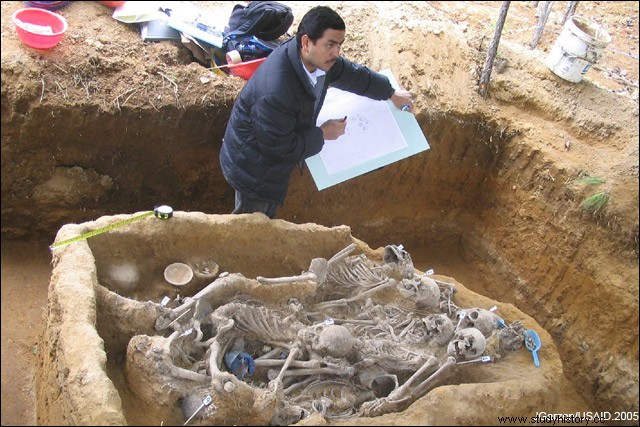
You probably already know that the history of Guatemala is painted red with the blood of the innocent. Around the 1970s, the military rulers launched a campaign to eradicate their resistance. This historic campaign resulted in the loss of around 50,000 1976 deaths. Did you know that the province of 27,000 was hit pretty hard by a devastating earthquake? It resulted in the loss of no less than XNUMX XNUMX people. You can do some personal research on it if you want to know more. According to a conservative estimate, around one million people became homeless as a result of this tragedy.
As you have seen in the news, the reactions to social unrest can sometimes be that the government doubles its repressive measures. The anti-government guerrilla activities reached their peak in 1980 and around 36 people were killed in the fire at the Spanish embassy. The response to these activities comes in the form of the deaths of around 11,000 XNUMX civilians. The government ordered that death squads formed by soldiers become the forerunner of this bloodshed.
Another military coup took place in 1982, which resulted in Efrain Rios Montt generally taking the reins in Guatemala. He is known to have carried out a major genocide on the Mayans. Montt was charged with the crime of mass murder in a trial that took place in 2013. Have you read somewhere about the continuous bloodshed that colored Guatemala's history? During 1989,
The military coup and the aftermath of the Civil War
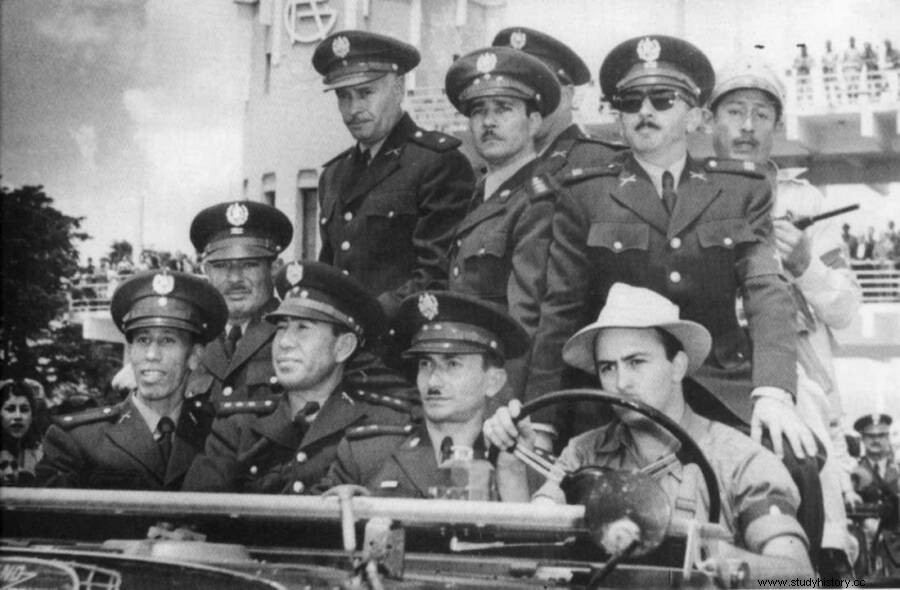
During this time, the total toll for those affected by the ongoing civil war was estimated to be around 100,000 40,000 people dead and XNUMX XNUMX people missing.
1994 to 1995 is a time of greatest significance in Guatemala's history. This time period marks the start of peace talks between the Guatemalan revolutionary national unit and the Guatemalan government. In 1995, a ceasefire was finally declared by the rebels.
A new beginning
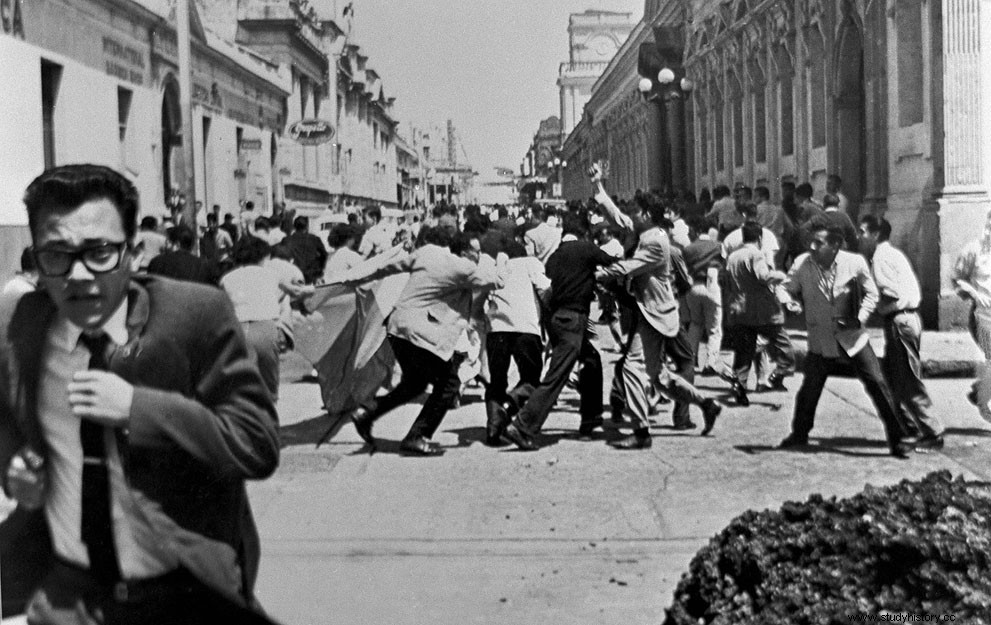
Did you know that the hopeful beginning of a new era for Guatemala began with a clean sweep of the remaining military officers? Alvaro Arzu, the newly elected president at the time, signed a peace treaty with the rebels. This ended the Civil War, but then the rebels and the government continued unnecessarily for 36 years.
Were you interested in getting to know the total customs from the Civil War and the role of government in all this? Maybe this UN-sponsored request might be what you're looking for. A commission of inquiry was conducted after the UN Support Commission. This commission concluded in its reports that around 93% of human rights violations were caused by the security forces. It was claimed that the total toll from the Civil War was around 200,000 626 lives lost. it was also mentioned in the report that senior officials usually monitored the massacres themselves. Approximately XNUMX massacres carried out in Mayan villages were monitored by various senior security forces officers.
While Alfonso Portillo gave away $ 1.8 million to around 226 affected families, the relief came too little, too late. As you can see, the tariffs of the Civil War were far too high for the donation to have helped much.
National border negotiations

The border dispute between Belgium and Guatemala was finally settled in September 2002. This peace talks were mediated by the Organization of American States. In 2003, a free trade agreement was entered into with the United States. This meant a new round of protests. To suppress military power, budgeting for the army is reduced, most major bases are closed and around 10,000 2004 soldiers were forcibly retired in XNUMX.
As the protests against the free trade agreement gained momentum, the government had to rectify its position on the same. Did you want to know what happened to the former military leaders who were the root of the genocide? An interesting incident occurred in 2006. A Spanish judge issued a capture order for the former military leaders who took part in various massacres. In cooperation with the United Nations, the Guatemalan government is setting up a commission to lead the dismantling of various armed groups.
A story of murder in Guatemala
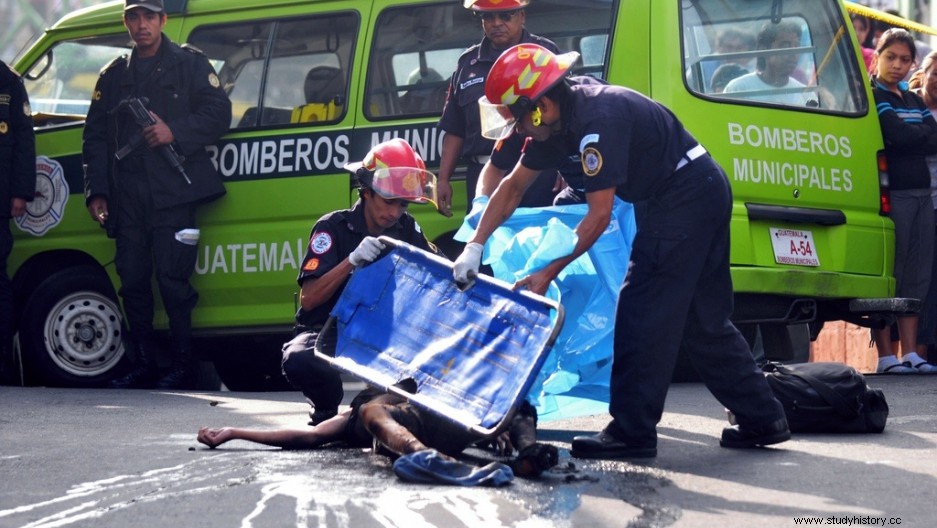
CICIG's exemption culture was claimed to be one of the main reasons for the unusually high murder rate in Guatemala. This claim was made by Amnesty International in July 2007 while urging the government to ratify the policy. Election monitors around the world expressed concern about the increase in the murder rate among election candidates as well as various human rights activists.
You may think that most accusations and allegations are just political agendas. However, let me tell you about a sober incident that put the government's intentions in doubt. A video emerged, featuring a famous lawyer claiming that President Alvaro Colom, as well as some other leaders, were after his life. Although it may seem like random claims to you, it is what happened after that, which is worrying. The lawyer was soon found dead after making the claim. As you may have already guessed, there was no evidence, even the UN probe cleared the president.
Trials against former Guatemalan leaders and military
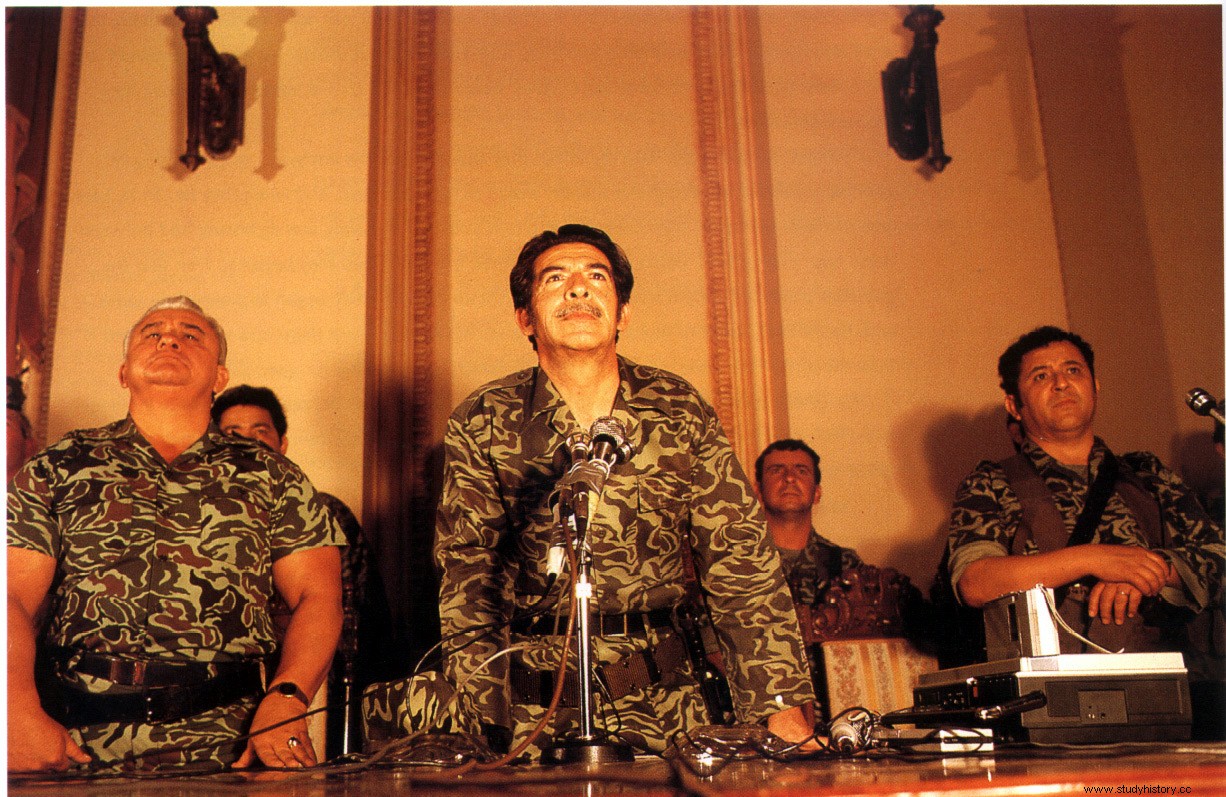
Although the trials may have happened a little too late for them to be, of many effects, however, something is better than nothing. In September 2009, Felipe Cusonero was jailed for the crime of several counts of civil disappearances. This was a very welcome break from the culture of exemption for justice. An interesting fact you should know about the judicial system in Guatemala is that he was the first person ever among the former leaders involved in massacres who have been imprisoned for their actions.
This started a series of lawsuits against former leaders who you may already know were included in civilian disappearances and massacres during the Civil War. In December 2009, a retired colonel was convicted of war crimes. He was the first army officer to ever face charges. The country's chief of police as well as the drug tsar were arrested for his involvement in cocaine theft during March 2010.
Cracks in the legal system in Guatemala

Did you know that in the 1940s, the United States infected hundreds of Guatemalan citizens with syphilis and gonorrhea to perform medical tests?
While the United States apologized for its immediate involvement in October 2010, given the timeline, the apology was a little too late, even seemingly superficial. In 2011, four former soldiers were convicted of human rights abuses by a village and found guilty. If you were waiting to know if a true behind-the-scenes sinner was convicted, this may interest you. Efrain Rios Montt was charged with a massacre in May 2013 and a violation of human rights.
However, the ruling was revoked due to a technicality. A new trial is set to take place, but as you may have already guessed, it has not yet happened and no date has been set yet.
The promise and the bribe
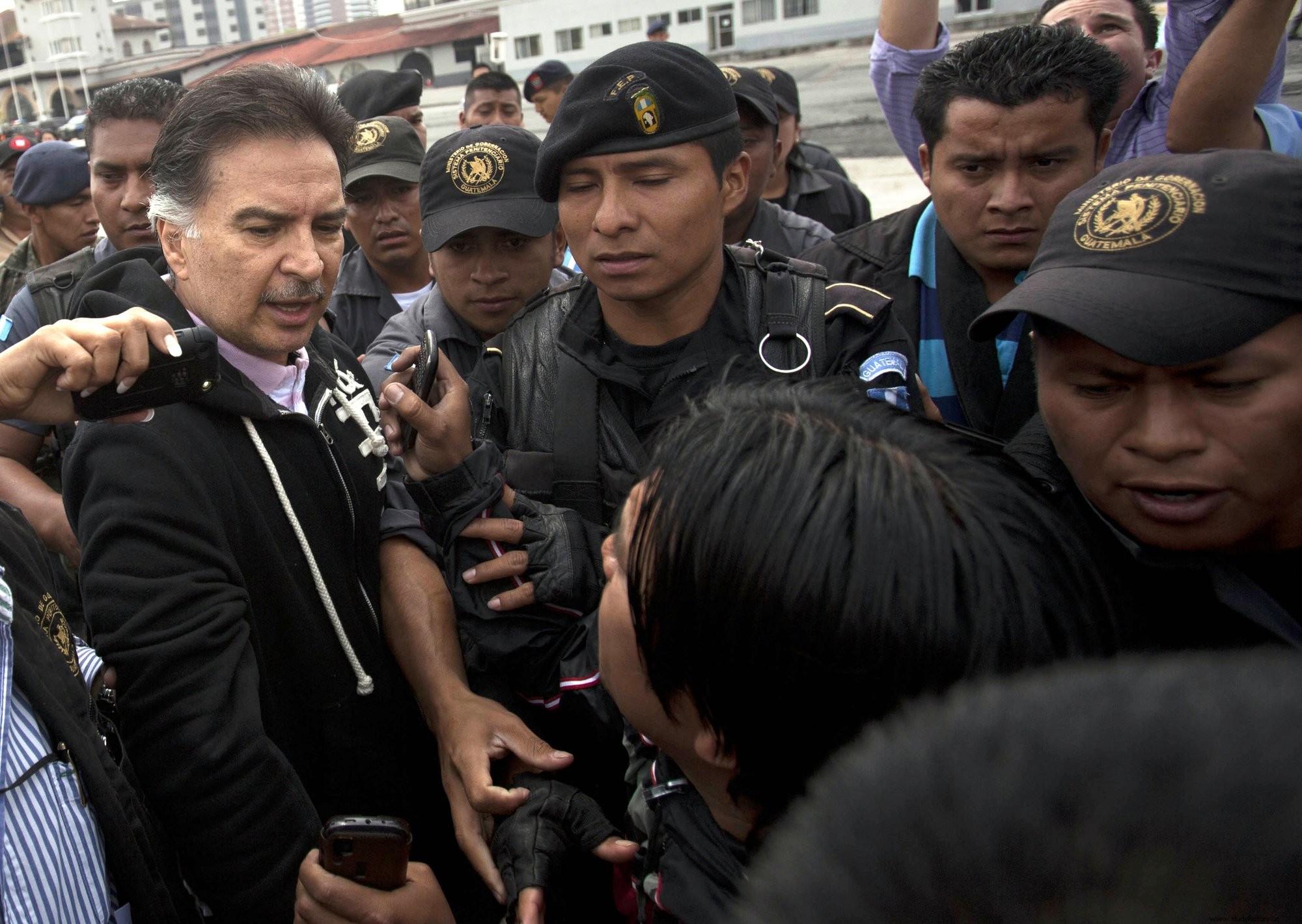
To break the trend of Guatemalan national leaders escaping crime, Alfonso Portillo, a former president of the nation, pleaded guilty in a US court. It happened in March 2014. The charges against him claimed that he was bribed by Taiwan for 2.5 million dollars. You may be shocked to know that he was bribed on a pledge in Guatemala's name.
What do you think the promise was that earned $ 2.5 million? Any guesses? The promise was that Guatemala would continue to recognize Taiwan as a country and support its independence. In August 2014, Rudy Ortiz, the Chief of Defense, dies mysteriously in a helicopter accident. When a new trial against the former military Supreme Rios Montt was to take place, it was suspended, as you may have guessed easily.
An important event took place in November 2016, as a measure to curb gang violence in the region. Guatemala joined forces with El Salvador and Honduras to combat rising gang violence and organized crime across borders. You can better understand the political weather in Guatemala by ordering the expulsion of President Morales as head of the UN Anti-Corruption Commission.
Present events of attention:
If you want to know about the recent history related to Guatemala, the following are some significant events. In July 2019, Guatemala and the United States reached an agreement on asylum for migrants from El Salvador and Honduras. An interesting fact that you should know is that the United States actually threatened Guatemala with imposing tariffs on it, and therefore the nation was forced to follow.
Have you followed current international events? Then you may be familiar with the burning of the Congress building in Guatemala. In November 2020, protests arose in response to the budget that seemingly neglected the situation of the poor. Apparently, fighting poverty did not do much, which angered the population. When the public collided with the police, which resulted in the Congress being burned down.
Many nations of the world have a past that they would rather not address. Furthermore, the reason behind the study of history is not about judging any nation. In fact, it's about learning from mistakes and trying to prevent similar incidents from happening again. Whether you are interested in history or not, you should take the time to learn about the history of different nations. There is always a lot to learn from our past. That said, it's time we parted ways. Hopefully, today's leaders do not follow the historical tradition of aggressively suppressing civil unrest.
Just stay. Be safe. Happy adventures!
